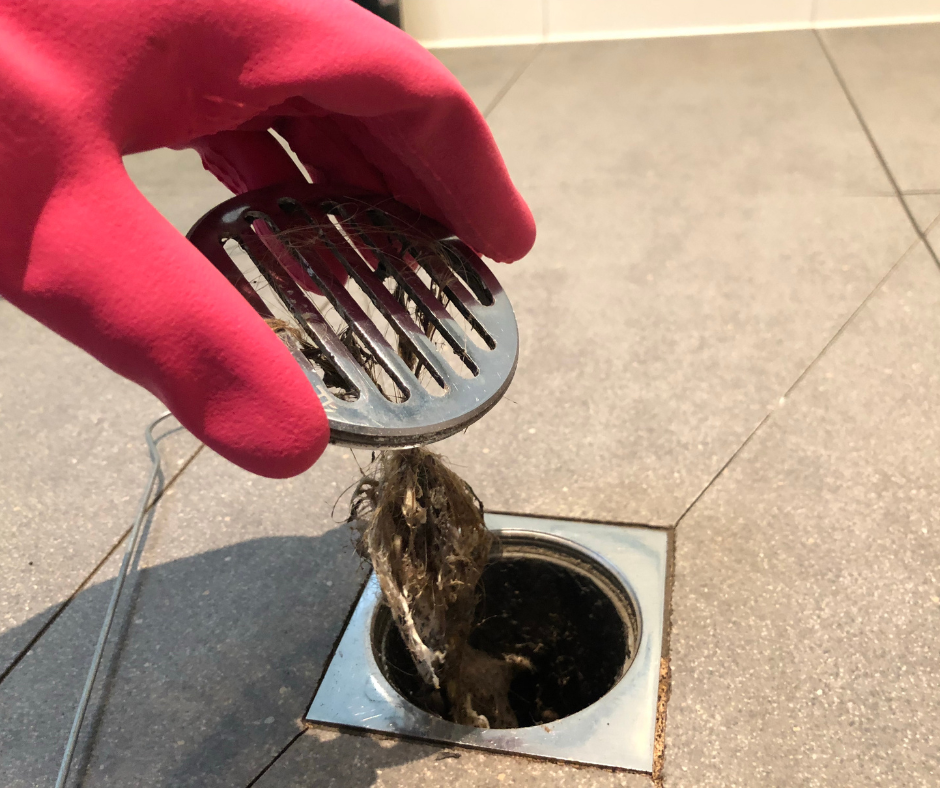Proudly Serving the Phoenix Metro Area
How a Tankless Water Heater Works

No Storage Yet Plenty of Hot Water
Are you considering an upgrade to your home’s hot water system? Tankless water heaters, also known as on-demand water heaters, offer an efficient and space-saving solution that can meet the needs of modern households. In this blog, we’ll explore exactly how a tankless water heater works and why it might be the right choice for your home.
The Magic Behind Tankless Water Heaters
Unlike traditional water heaters that store and continuously heat water in a large tank, tankless water heaters heat water directly without the need for a storage tank. But how does this process actually work? Let’s dive in.
Instantaneous Heating
When you turn on a hot water tap, cold water travels through a pipe and into the unit. Here, a powerful electric element or gas burner heats the water on the spot, delivering hot water to your tap in seconds. This means you no longer have to wait for a tank to fill up with hot water – it’s instant!
Energy Efficiency
One of the key benefits of a tankless water heater is its efficiency. Because the system only heats water when it’s needed, it doesn’t waste energy keeping a tank full of water hot 24/7. This can lead to significant savings on your energy bills, especially during those hot Phoenix summers when every bit of efficiency counts.
Why Choose a Tankless Water Heater?
- Endless Hot Water: Say goodbye to the frustration of running out of hot water during back-to-back showers. Tankless systems provide a continuous supply.
- Space Saving: Without the need for a bulky tank, these units can be installed in smaller spaces, freeing up room in your home.
- Longer Lifespan: Tankless water heaters typically last longer than their traditional counterparts, making them a smart investment for the future.
Ready to Make the Switch?
Are you interested in experiencing the benefits of a tankless water heater in your Phoenix home? Plumbing Masters is here to help. Our team of experienced professionals can guide you through the selection process and ensure a seamless tankless water heater installation. Contact us today to learn more and take the first step towards endless hot water.







